Preparing for Disaster: UNM Hospital Participates in Region-Wide Emergency Training
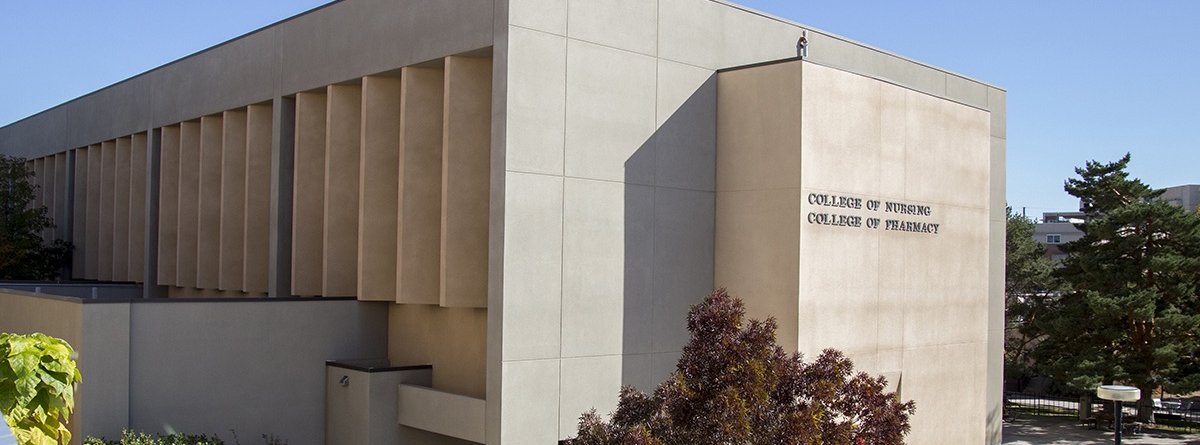
Pandemic Reflections
The Year of the Nurse and Midwife
When COVID-19 swept across the world last year, health care workers were confronted with life-or-death choices. As it happened, 2020 had already been designated the Year of the Nurse and Midwife by the World Health Organization as a way of highlighting these professions’ achievements and contributions.
For National Nurses Week 2021 (May 6-12), we are sharing recollections by members of The University of New Mexico College of Nursing community about how they met and overcame the challenges posed by the pandemic.
Nursing Preceptor: Marissa Cortes, MSN, CNM, FNP-BC
Working for El Pueblo Health Services, a rural clinic in Bernalillo, N.M., Marissa Cortes saw the pandemic coming and shifted to working from home. It was not an easy decision.
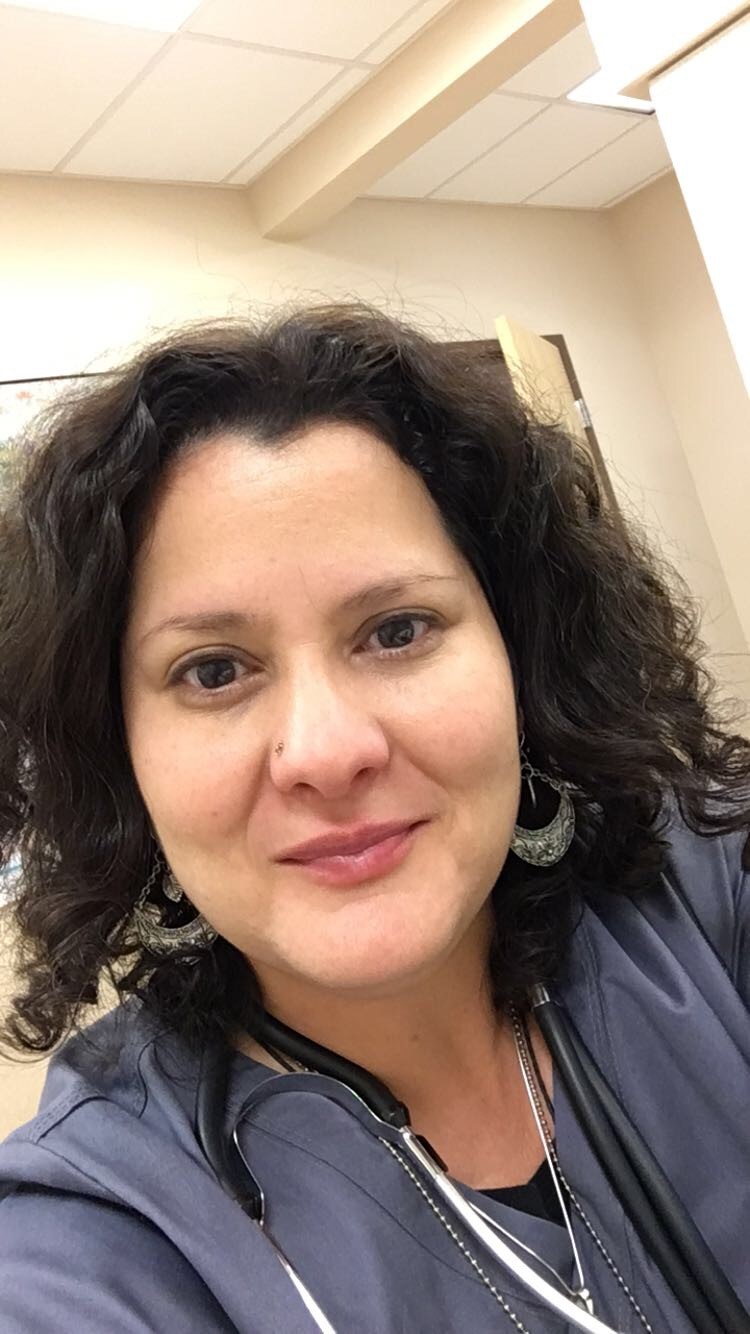
“Learning how to provide care to patients over the phone when you are so used to getting input visually is hard,” she says. Many of her patients either did not have the option of connecting via video or could not operate the technology. She struggled with trying to keep most people with COVID at home while also convincing those who required acute medical care to go to the hospital.
Cortes also felt torn about not being on the frontlines of the pandemic. Knowing that many of her hospital-based colleagues did not have the stay-at-home option created a lot of guilt. However, she found her value in her work.
“Even over the phone there is medicine you can give in the interaction itself,” she says. “As tired as I could be, I always felt a sense of satisfaction in caring for people.” She says that she did her best to hold and carry her patients during this past year while also being carried by others around her.
Cortes was particularly proud of her clinic and their efforts to vaccinate their community, and she makes it a point to talk about vaccination with people and ease their fears.
She also found that she needed to prioritize self-care and gained strength as a provider. “I just wanted to be a midwife and catch babies, and somehow I ended up doing this other work,” she says. “I’ve grown a lot as a person and a provider.”
Nursing Faculty: Loren Kelly, MSN, RN
Like many people, watching the pandemic unfold across the country and the world was really difficult for Loren Kelly, but seeing fellow health care workers suffering was particularly hard.
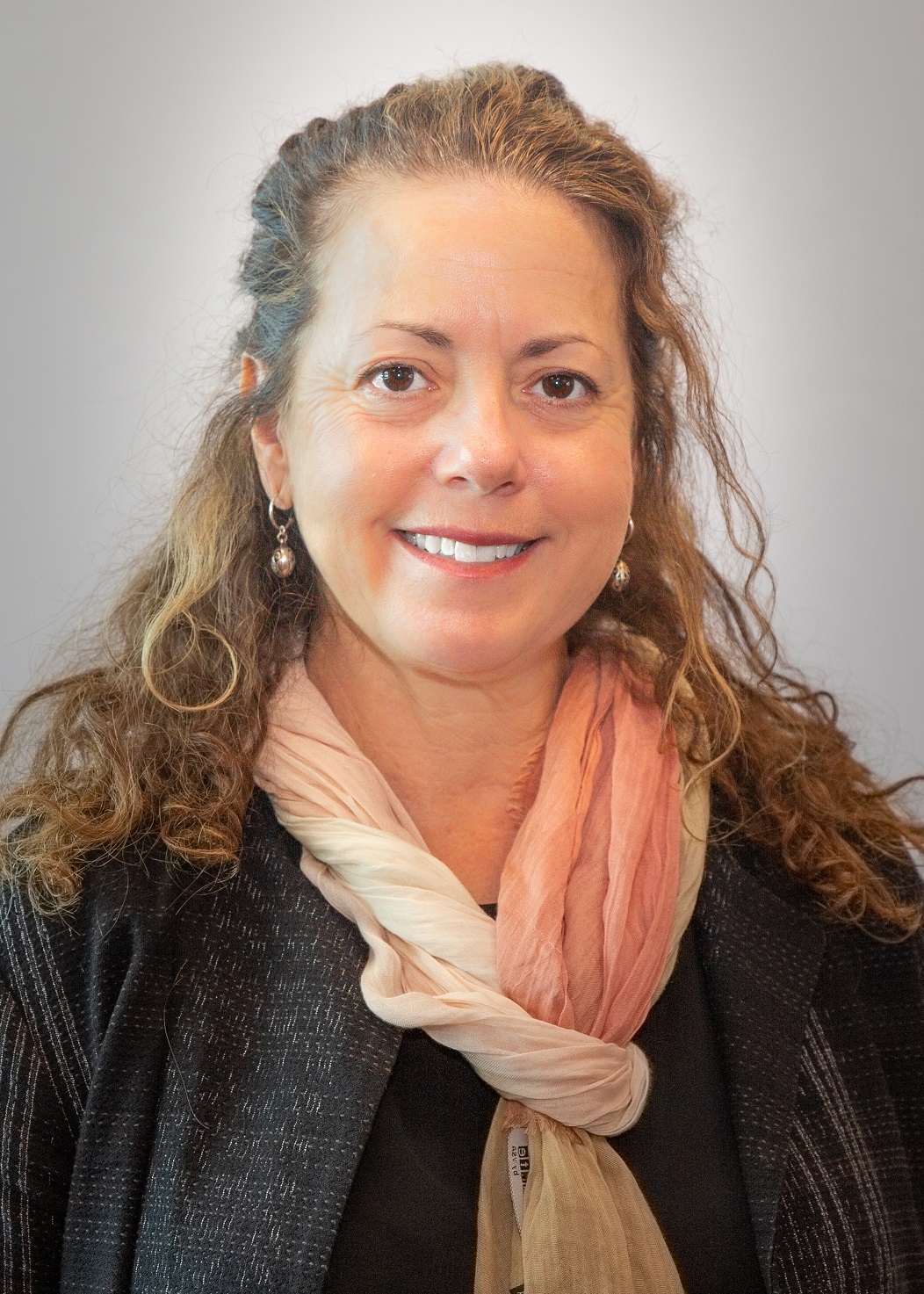
Kelly also found not being able to see her parents, who live back East, difficult. It was their influence as educators that inspired her to teach. “I always loved any nursing role that had to do with teaching, especially with new staff or nursing students coming through the ICU,” she says.
When UNM closed its campus to curb the spread of the virus, Kelly worked hard to change course, which demanded more of her time and energy. Reimagining a health science program added more complexity as she sought a way for her students to gain clinical experience.
Together with fellow faculty member LeeAnna Vargas, Kelly created four different clinical experiences for students that could be done remotely but involved patient care and partnerships across UNM and borders. Students were able to do outreach through UNM’s Student Health and Counseling services, Care Calls and Vaccine Calls with the New Mexico Department of Health and contract tracing for Chinle Public Health Nursing on the Navajo Nation.
“We couldn’t do our typical clinical experiences, but we could make a collaboration and design a way for students to be able learn, serve and help out,” she says.
Kelly recognizes some positives from having the opportunity to be a teacher and a nurse during a pandemic. Even with the uncertainty of the world, she felt prepared for the moment. “I feel I have access to help shape how I want to spend my energy in the future.”
Nursing Student: Brandon Thompson
As a student studying to be a nurse, Brandon Thompson’s world was turned upside down by the pandemic. Changing classes from in-person to online, not being able to do in-person clinicals, and wanting to help but not being able to are just a few of the challenges nursing students faced.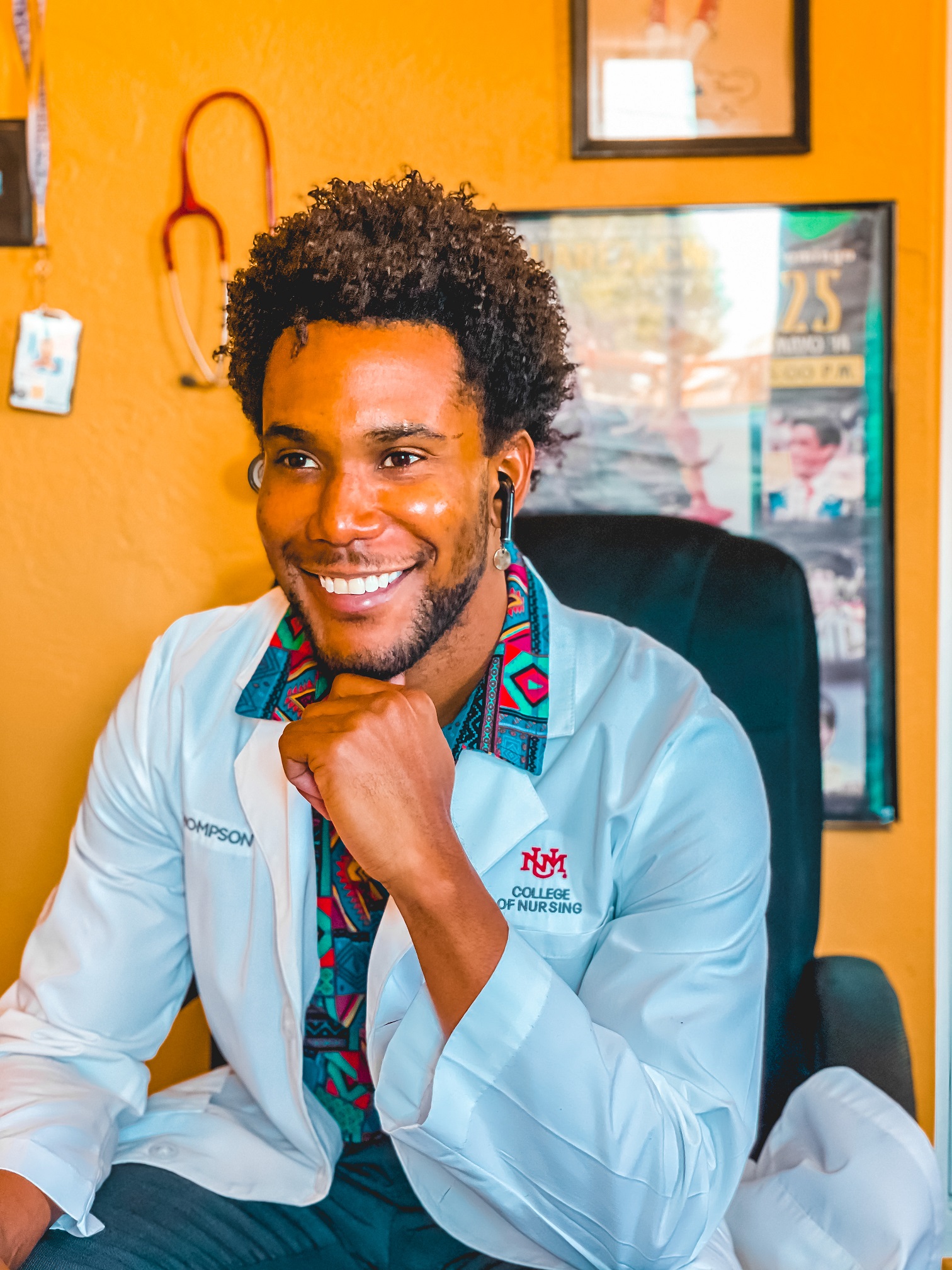
“The hardest part was seeing how many people the world was losing,” Thompson says. “I went into this profession to help people. Any student in health care can relate.”
Thompson poured his efforts into volunteering in many different ways to try to do his part. He worked at the New Mexico Department of Health on the COVID hotline talking to families of those incarcerated who were scared for their loved ones, he gave a presentation to kindergarteners and middle-schoolers on the importance of mask wearing and he worked with students at Bosque School, letting them know how to be safe during COVID.
He also assisted with food pantries across the metropolitan area, assisting families by providing food for those who cannot travel and mentored nursing students online using Instagram. “My community needed help,” Thompson says. “It wasn’t about me. I think that was the biggest learning point of COVID.”
A native of Jamaica, Thompson has only been in New Mexico for four years, yet he considers it his home. He as integrated himself into the UNM community and is working hard to make it a healthier place.
Thompson is currently in a research fellowship program with John P. Sanchez, MD, MPH, a UNM Hospital emergency physician, in which he is studying melanoma in pigmented skin. His research will be published this month. Thompson knows that African Americans often erroneously believe they don’t need sun protection. “Having a person of color, such as myself, come in to teach them would be of great value,” he says.
After graduation Thompson would like to work in the ER at UNM. He dreams of one day becoming a nurse practitioner and having his own clinic. “My goal is to have clinic that treats everyone and to have representation as a black man,” he says.
Nursing Alumna: Nichele Salazar, MSN, CNM
Ask Nichele Salazar why she became a nurse-midwife, and she will tell you midwifery found her. “I was an ER nurse,” she says, “I thought of midwifery as home births for fortunate families. Plus, I needed to have my emergency equipment available.” But in nurse-midwifery she couldn’t have asked for a better fit.
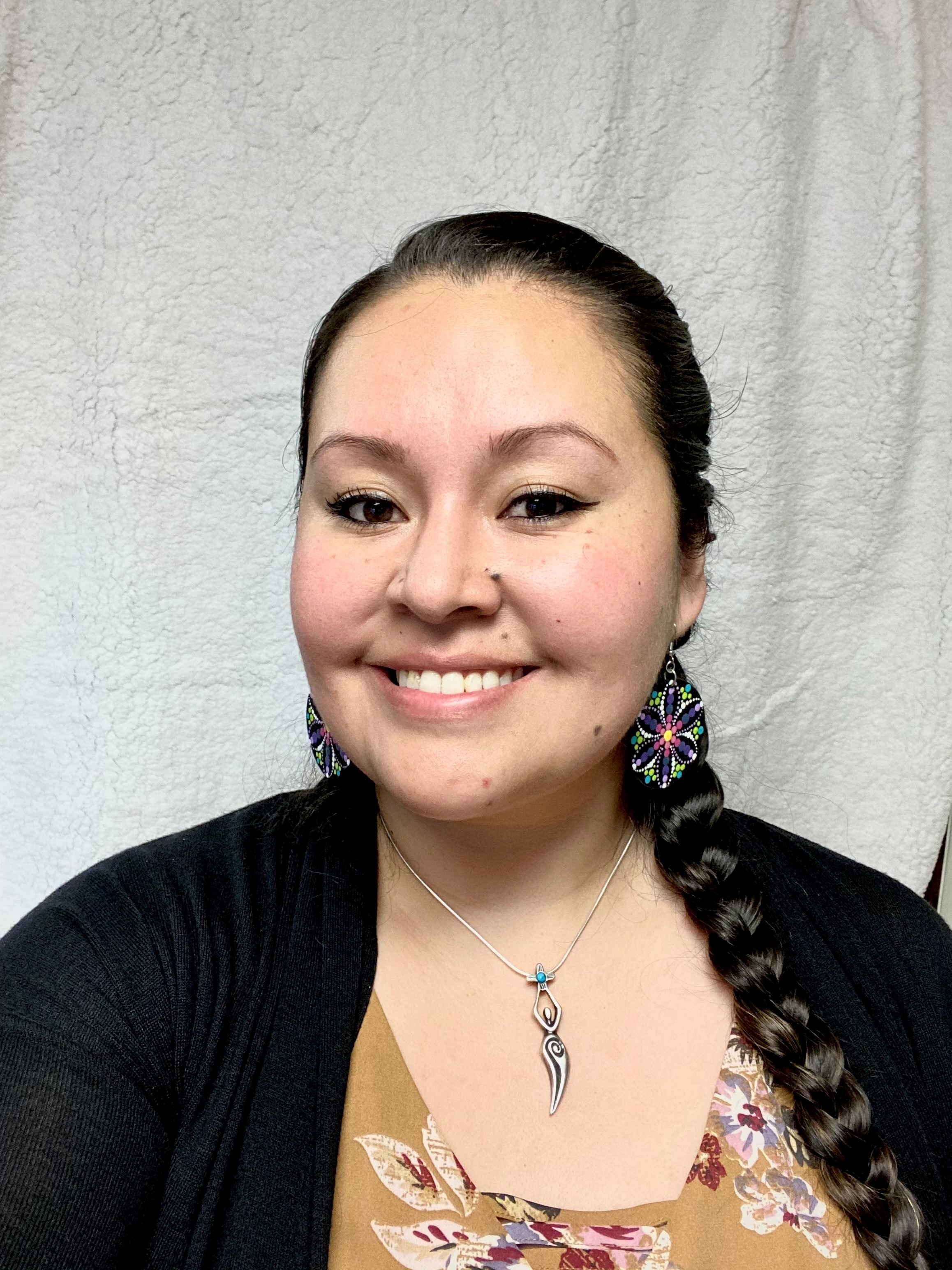
The hardest part of the pandemic was making countless adjustments to continue providing quality care to her patients. At San Juan Regional Medical Center in Farmington, N.M., many of Salazar’s patients didn’t have access to phones for tele-visits.
“We had to be creative on how we were going to see patients,” she says. The staff also had to find ways to support patients in labor who now had restrictions on visitors. They had to provide additional support for postpartum patients who were now isolated and were not able to have the support they would have if there hadn’t been a pandemic.
The most alarming challenge came when Salazar noticed the placentas of pregnant women were looking different than before the pandemic – and it did not matter whether the patient had COVID or not. That began her quest to find an answer and hypothesized that it was due to the change in nutrition and an increase in stress.
“We were telling people not to go to the store for a couple of weeks, so people were stocking up on processed foods,” she says. “I walked into the store to find shelves empty, but the produce in abundance. It was a big change. People were also not exercising.”
This helped formed her desire to return to school and earn her doctor of nursing practice degree. Salazar recently completed a nutrition science certificate for health care providers from Tufts University and she just finished her first semester at Duke University. She’s going to use her desire to help her community with nutritional needs to fuel her research in her DNP program.
“Nutrition won’t fix everything,” she says, “but it will be the foundation to putting us on the right path.”